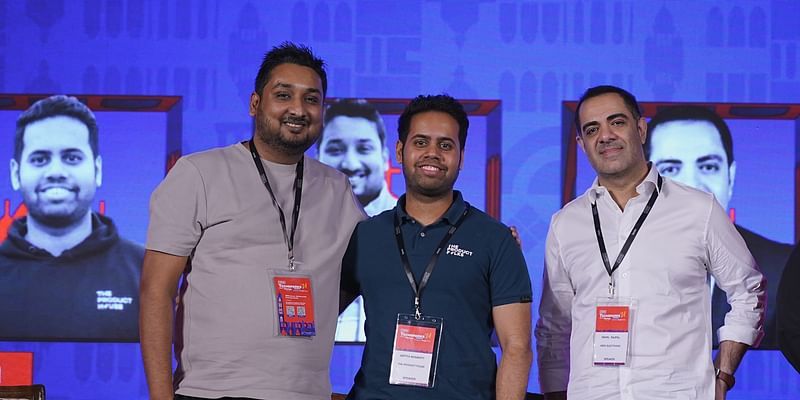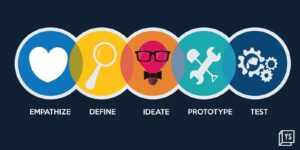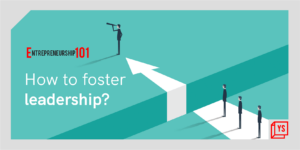
“Kill, and move on.”
These are the resolute words Aditya Mohanty, Co-founder of , swears by.
The Product Folks is an online community for product managers and developers, where people engage with each other to troubleshoot issues, as well as get feedback from peers on their product designs.
In his engagements with the community, Mohanty frequently observes a common pitfall among developers: the tendency to endlessly iterate a product or feature, clinging to the hope that it will miraculously succeed on the hundred and first attempt.
“A sound developer should know when something isn’t meant to be…my advice always is that if something is not working after multiple iterations, kill, and move on,” he says, speaking at the Mumbai edition of YourStory’s flagship startup-tech event, TechSparks.
Seconding Mohanty, Harsh Rajat, founder of , says one shouldn’t wait to launch a perfect product.
“No one builds a first product that actually succeeds or works,” he says, referencing LinkedIn founder Reid Hoffman’s wise words “If you are not embarrassed by the first version of your product, you’ve launched too late.”
On the flip side, over-engineering a product is also a peril developers and engineers must navigate.
“There is such a thing as over-engineering a product. Sometimes, people forget the job the product has to do. If you don’t focus enough on the problem you’re trying to solve, you’re only building a surface layer,” quips Mohanty.

.thumbnailWrapper{
width:6.62rem !important;
}
.alsoReadTitleImage{
min-width: 81px !important;
min-height: 81px !important;
}
.alsoReadMainTitleText{
font-size: 14px !important;
line-height: 20px !important;
}
.alsoReadHeadText{
font-size: 24px !important;
line-height: 20px !important;
}
}

An interesting way to avoid that loop of over-engineering and reiterating a product a hundred times is by putting it in the hands of consumers, early on, in the development cycle.
Expanding on Rajat and Mohanty’s insights, CEO Nikhil Rajpal reveals that, when the company first launched its now bestseller product, the car dash camera, sales struggled to gain momentum and demand remained disappointingly stagnant.
“When we spoke to people, they said they didn’t understand what the product was…so we decided to take the product away from the engineering team and put it in the hands of our marketing team—every day who would use the product in their lives.”
“We then asked them if it solved a problem in their life, and based on their feedback, we made the product more user-friendly and less engineered. That’s the balance you need to find.”
The three product experts however warn against sacrificing the use of the latest tech at the alter of simplifying a product.
They say that reducing engineering complexity doesn’t entail neglecting technological advancements. Instead, it involves leveraging cutting-edge tools like AI and blockchain to streamline the product even more, ensuring it caters to the needs of the end user.
Companies are asking themselves right now how to make the move to Web3 and there’s a lot of innovation to look forward to there, says PUSH Protocol’s Rajat.
PUSH Protocol is a platform that facilitates native notifications, messaging, spaces, video, and more for wallet addresses through a secure, encrypted, and open network designed specifically for web3 protocols, dapps, and crypto-wallets.
An expert in Web3, Rajat says that the cost-savings blockchain can net a company—and the user, directly or indirectly—is something product developers should consider.
“Think about current cellular tower infrastructure. Five companies will build their towers due to lack of trust, resulting in five separate towers. With blockchain, we can consolidate to one tower, accurately track data, and save costs.”










